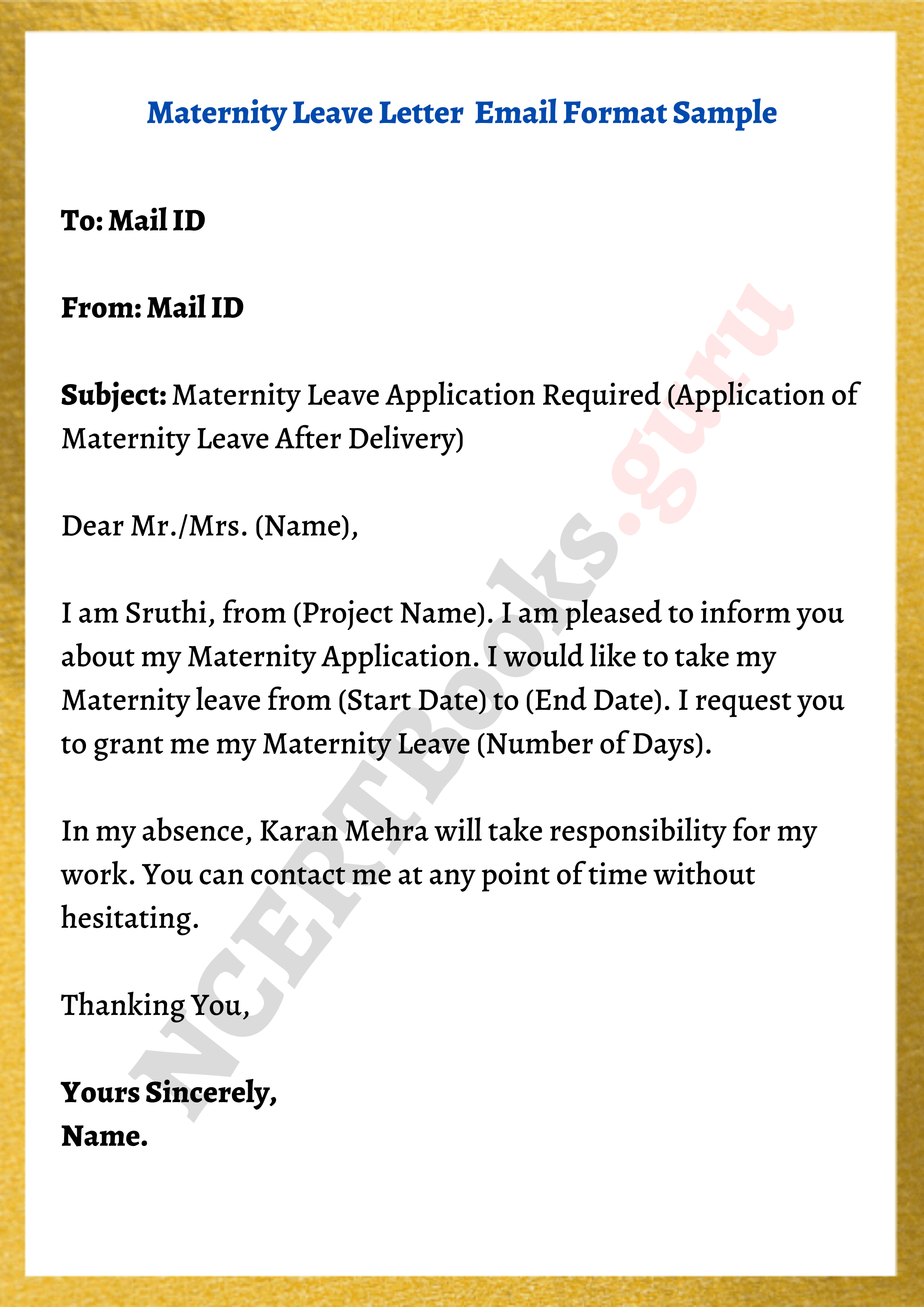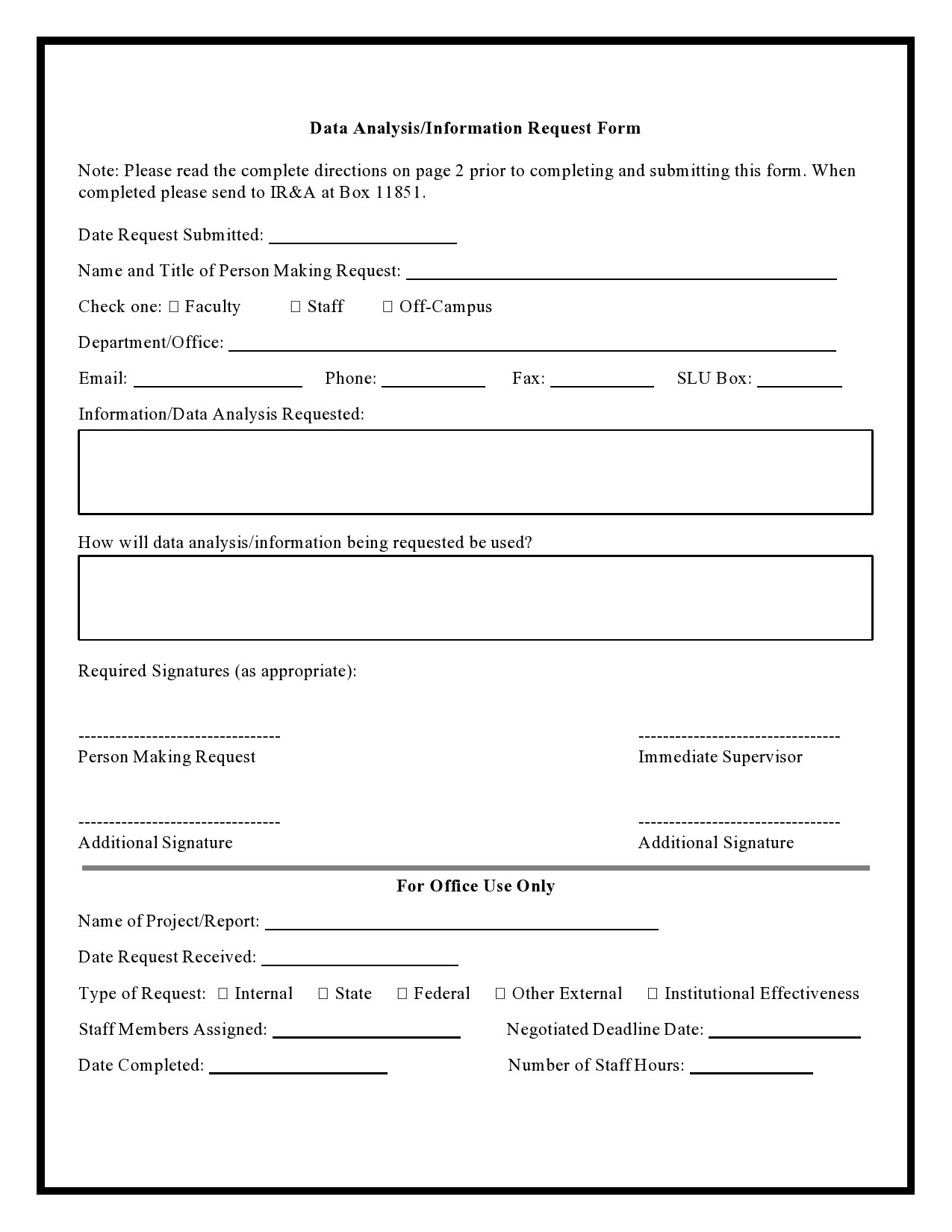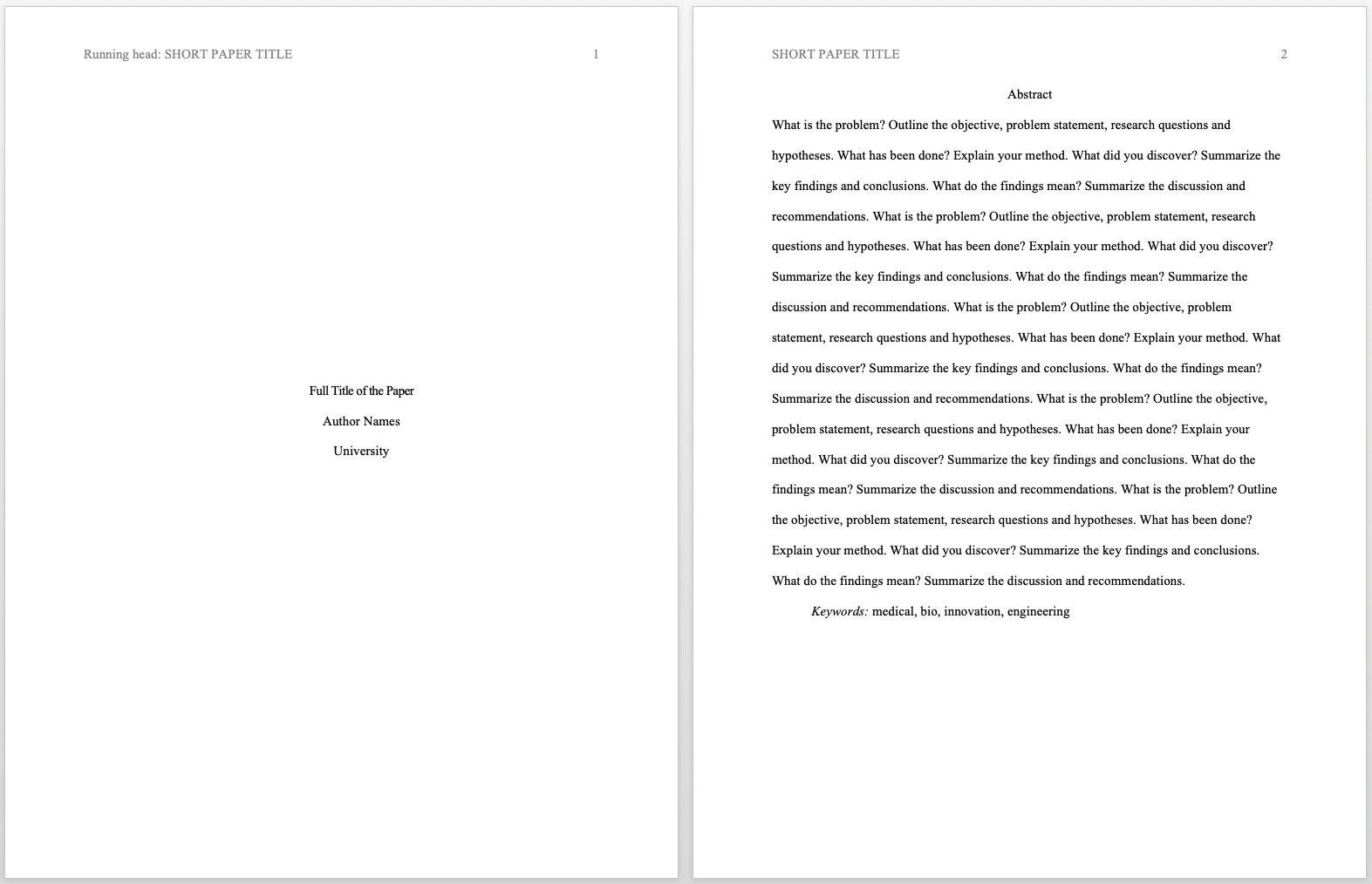Letter condolence death father donation sympathy message samples sample family templatelab examples write memorial mail letters loss memory template giving
Table of Contents
Table of Contents
A condolence letter is one of the most challenging letters to write. The loss of a loved one can be painful and distressing for everyone. At such times, it’s essential to express your sympathy and support for the person who has experienced the loss. To help you write a condolence letter, we’ve created this format guide that will help you write an effective message that conveys your sincere condolences.
Pain Points Related to Format Of Condolence Letter
Dealing with the death of a loved one can be incredibly difficult. In such a scenario, writing a condolence letter may seem like an overwhelming task. Many people find it hard to find the right words to express their feelings of sadness and sympathy. Moreover, there could be the fear of making things worse or unintentionally hurting the recipient with the wrong choice of words.
Target of Format Of Condolence Letter
The primary target of a condolence letter is to convey sympathy, support, and comfort to the person who has lost a loved one. It should provide them with relief and help them feel better in their time of grief. A well-written condolence letter should be heartfelt, honest, and genuine.
Main Points Related to Format Of Condolence Letter
A condolence letter is a personal message that requires sincere attention and thoughtfulness. The letter should be brief, respectful, and should provide comfort to the recipient. It’s crucial to express empathy and offer support in a way that honours the deceased person and their family. Additionally, writing a condolence letter can help in the healing process by providing closure and can be a symbol of remembrance.
Format Of Condolence Letter - Explanation and Personal Experience
When my Grandfather passed away, I found it challenging to express my feelings to my Grandmother, who was grieving the loss. I decided to write her a condolence letter, which helped me express my feelings in writing. I started by expressing my deepest sympathies, sharing how I felt about my Grandfather and sharing some fond memories. I concluded the letter by offering my support and help in however way she needed.
 Writing a condolence letter might not be easy, but it can be a valuable tool for offering comfort and expressing emotions. The letter should begin with a salutation and an expression of your sympathy and support. Choose words that are simple, straightforward, and heartfelt. Talk about the deceased person’s life if you knew them well. Offer support and help in the grieving process. Finally, end with a message of reassurance and love.
Writing a condolence letter might not be easy, but it can be a valuable tool for offering comfort and expressing emotions. The letter should begin with a salutation and an expression of your sympathy and support. Choose words that are simple, straightforward, and heartfelt. Talk about the deceased person’s life if you knew them well. Offer support and help in the grieving process. Finally, end with a message of reassurance and love.
Common Challenges Faced While Writing a Condolence Letter
One of the most common challenges faced while writing a condolence letter is not knowing what to say. A few other challenges faced while writing a condolence letter include not understanding the cultural or religious norms of the recipient, not having recollections or memories of the decease, and various other factors. It is essential to be patient and express your feelings genuinely.
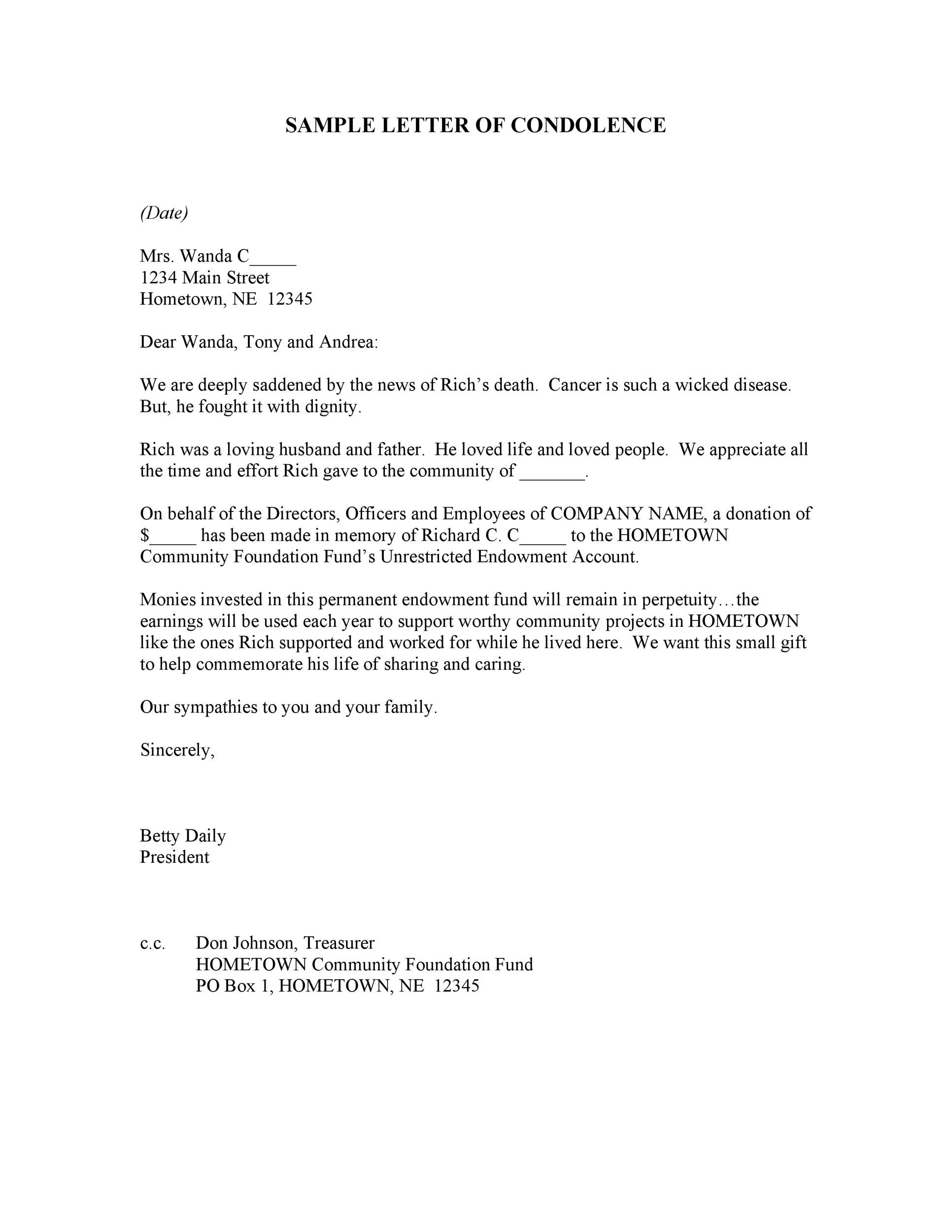 ### The Importance of Acknowledging Loss
### The Importance of Acknowledging Loss
When someone close to you suffers a loss, it’s essential to acknowledge that loss. Writing a condolence letter is one way to do so. Acknowledging loss conveys a sense of empathy and support for the person, helping them overcome their grief. The letter should address their loss and offer words of comfort and support.
Suggestions for Writing a Condolence Letter
Here are some suggestions for writing a condolence letter:
- Use a respectful tone and avoid cliches
- Acknowledge the loss and offer comfort and sympathy
- Share some memories or a positive story about the deceased
- Offer specific help or support if possible
- Keep the letter concise and heartfelt
- Check for cultural or religious customs when writing to a person from a different culture
Question and Answer
1. When should you send a condolence letter?
You should send a condolence letter as soon as possible after learning of the person’s loss.
2. What should you avoid when writing a condolence letter?
Avoid platitudes and cliches, talking about your loss, offering advice, or making assumptions about the person’s beliefs.
3. What can I include in a condolence letter?
You can include a personal story or memory about the deceased, words of comfort and support, and thoughts and prayers.
4. Should I sign my name at the end of the letter?
Yes, always sign your name at the end of the letter.
Conclusion of Format Of Condolence Letter
A well-written condolence letter can provide comfort and support to someone who has experienced the loss of a loved one. Although it can be challenging to find the right words to express your feelings, it’s essential to ensure that your message comes from the heart. The above format guides will help you write an effective message of condolence for your loved ones during their time of mourning.
Gallery
Condolence Letter Template | Free Word Templates

Photo Credit by: bing.com / letter condolence word template templates button formats sympathy samples professionaltemplates
41 Condolence & Sympathy Letter Samples ᐅ TemplateLab

Photo Credit by: bing.com / letter condolence death father donation sympathy message samples sample family templatelab examples write memorial mail letters loss memory template giving
😂 Condolence Message Format. Short Condolence Messages For Friend’s
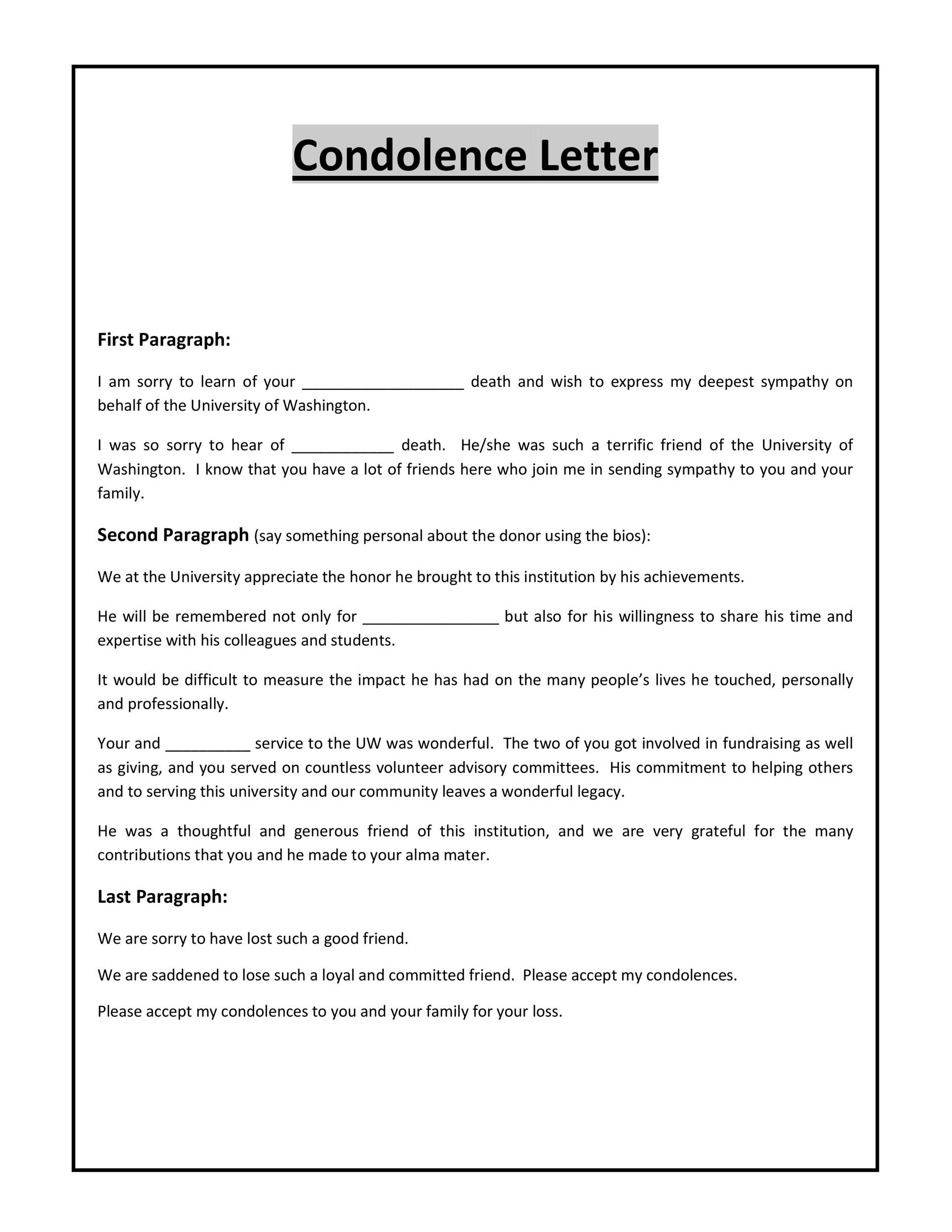
Photo Credit by: bing.com / letter condolence format message sympathy samples friend messages
41 Condolence & Sympathy Letter Samples ᐅ TemplateLab
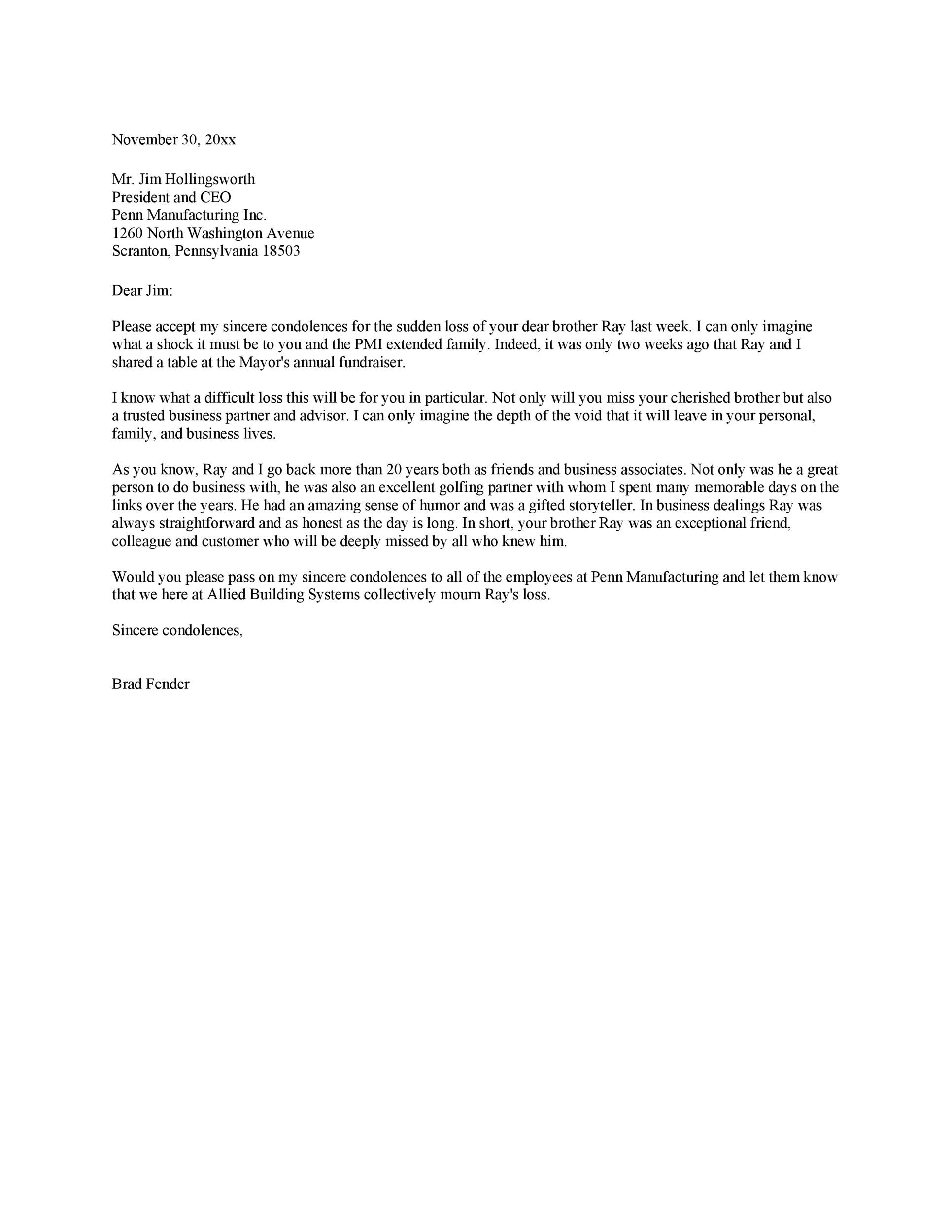
Photo Credit by: bing.com / condolence letter sympathy samples
Sample Of A Condolence Letter | Onvacationswall.com
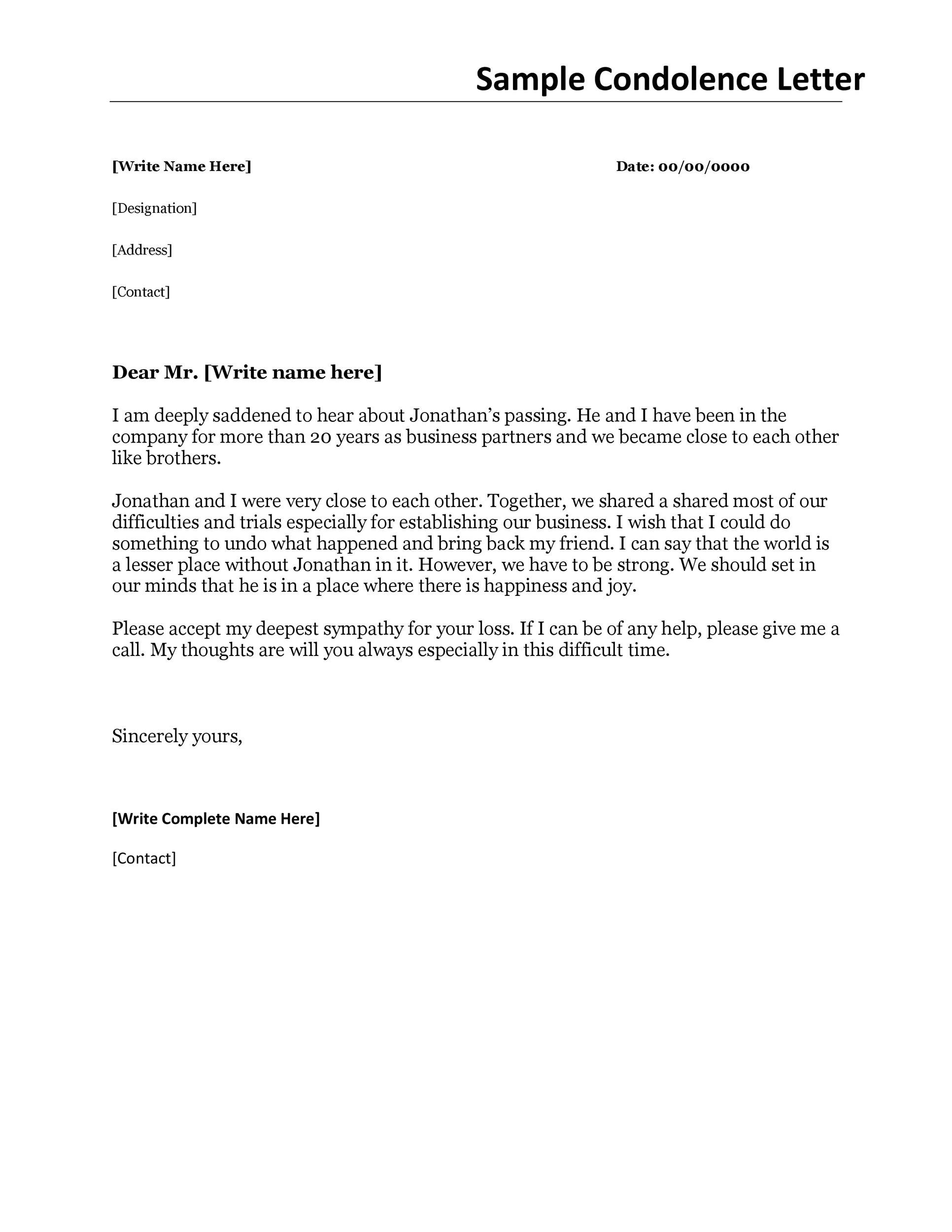
Photo Credit by: bing.com / condolence sympathy

